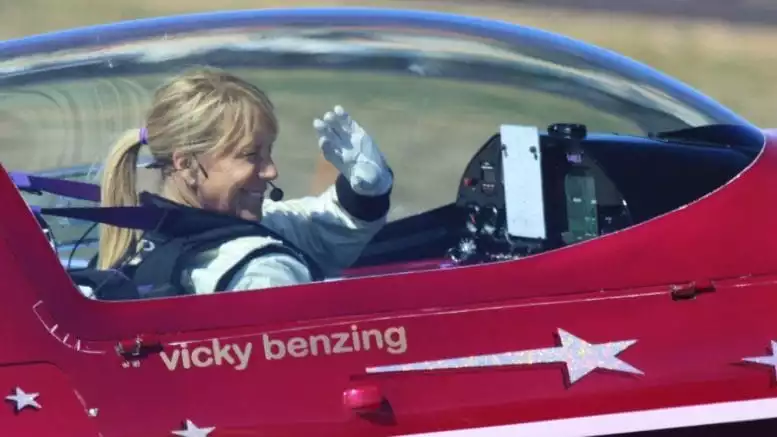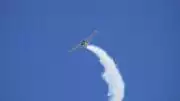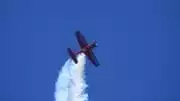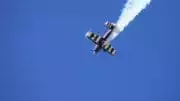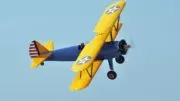The Life of an Air Show Stunt Pilot
Stunt pilots are the key for a successful airshow, but what really goes on behind the scenes in the life of a stunt pilot?
It seems that the life of an air show pilot is endless glamour and fun. They’re signing autographs, giving interviews, and of course commanding the awe and admiration of the big audience in the sky above. They zip and dip through the air in beautiful, gleaming machines. Who wouldn’t want to have that kind of job, day in and day out? However, anyone who has peeked behind the scenes of an air show recognizes that there’s a great deal more to what goes on during the event.
Competition and Scarcity
Show biz is show biz. Although air show pilots must supply precision flying skills and plenty of talent, not to mention practice, these aviators are still primarily entertainers. And there are always plenty of people willing to entertain for free or cheaper than the going rate.
There are only a few slots for features in air shows and plenty of talented acts who are vying to fill them. It’s no surprise that only a few air show pilots are able to make a living of it full time. The expense and labor which are required to pull of an air show (permits, advertising, parking, security, permission from the Federal Aviation Administration, and so on) are staggering.
Expense and Sponsorship
For the vast majority, aviation is a “passion project.” Owning and maintaining one’s own airplane is incredibly expensive, which is why very few people can afford to do so. Hangar space, aviation fuel, maintenance, and especially insurance all add up incredibly quickly.
An airshow stunt pilot who does manage to make a living in “the flying circus,” then, is usually sponsored, much as race car drivers are.
Glamorous Flying Life
Most of the work of air show pilots, ironically, takes place on the ground. Because of the incredibly high overhead involved in their profession, air show pilots must also serve as their own publicists, bookers, social media producers, business managers, agents, and much more. Many hustle to arrange media interviews, public speeches, and social events.
It’s not unusual to see air show pilots towing their own airplanes or even trucking them from place to place. Some wash, vacuum, and even maintain or service their own airplanes. Even after the show, pilots and crews usually attend a social event to thank sponsors and local leaders.
Time and Challenges
Everyone involved with an air show, even experienced military pilots, must attend morning briefings on the day of the air show. The FAA is always eager to inspect and check experimental or light aircraft which will perform along with the high-performance jets and warbirds.
Air show pilots rarely preflight their airplanes alone. They must not only undergo a typical safety walkaround, but prepare their craft for performance. That can include securing props, adding smoke oil, and other preparations. At most shows, part of the attraction is allowing the crowd to watch them go about their work, albeit at a distance.
An incredible amount of work and time goes into developing an air show routine. Not only has the professional aerial performer dedicated many years to developing and sharpening basic aviation skills, he or she must push beyond that. Choreographing and pacing each piece of a show, not to mention learning and perfecting new tricks and maneuvers, can often require incredible patience. Practice must go on even when it’s not air show season: Airplanes must fly to keep healthy, and it’s best for pilots to fly on a regular basis to maintain their skills as well.
Conclusion
Air show performers and creators are extremely hard working. Their hard work and dedication creates immense joy and awe for the community. Being a stunt pilot is a daring and difficult job, and it’s important to honor them.
Ready to Soar with Us?

